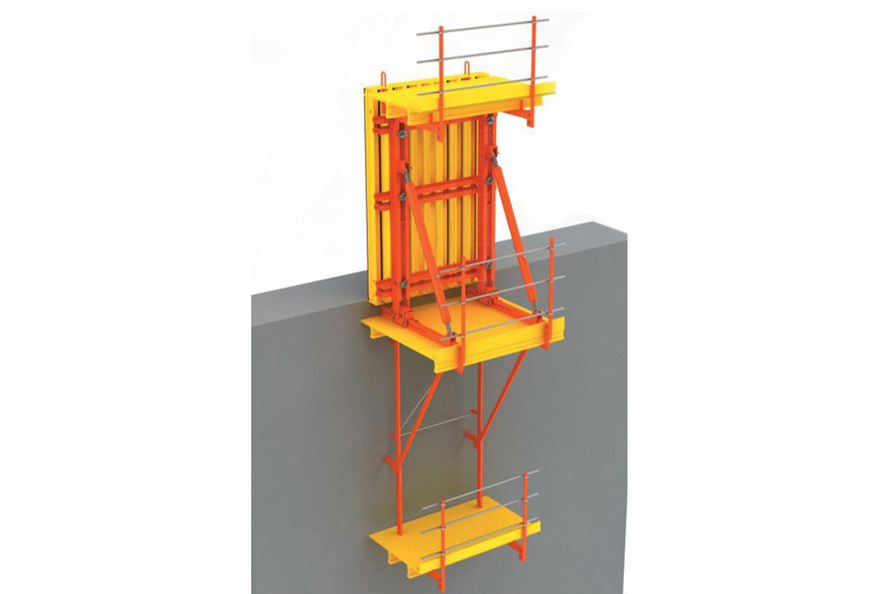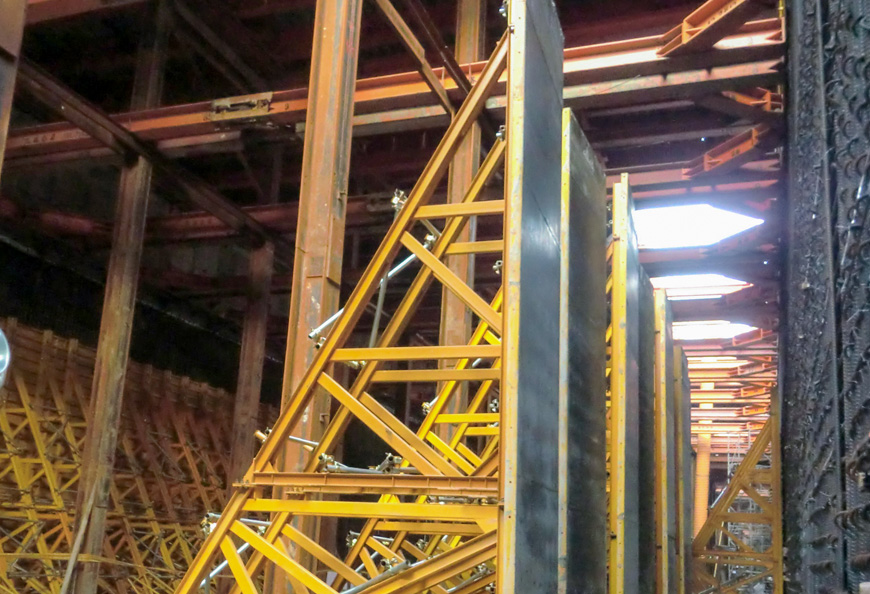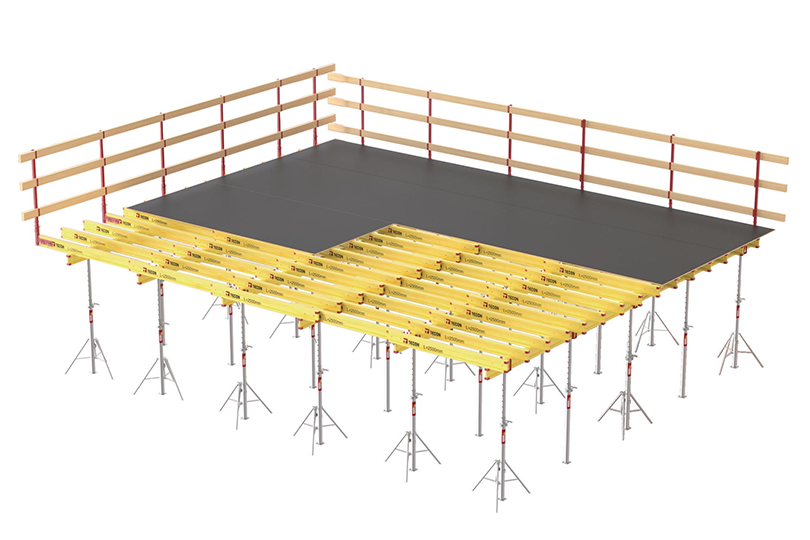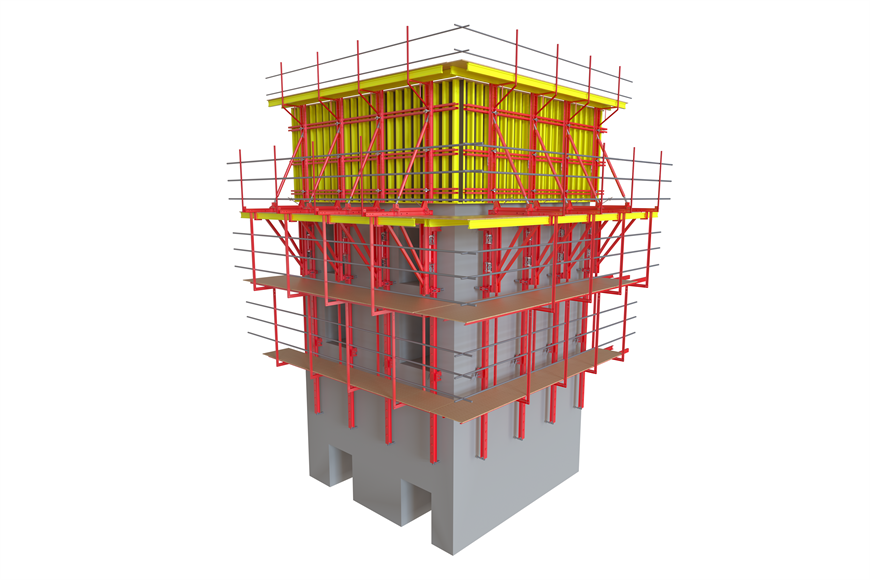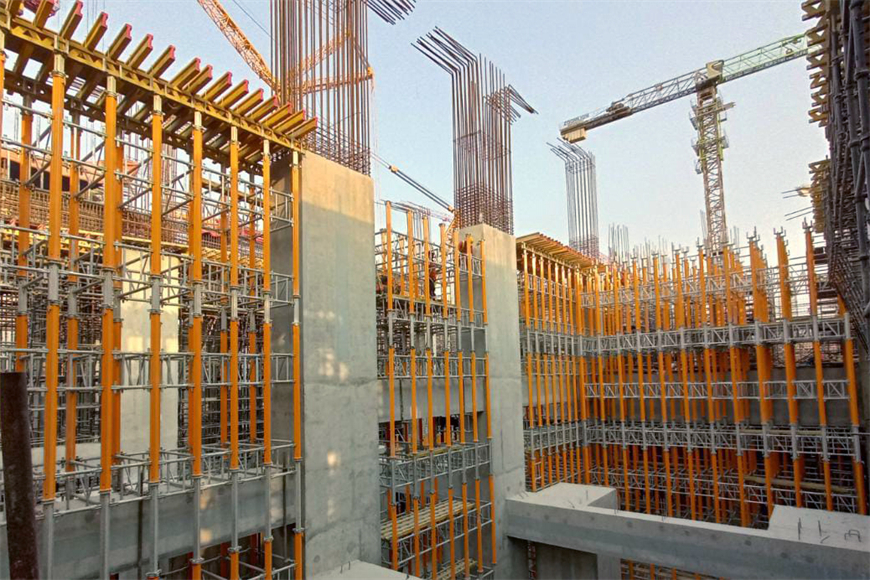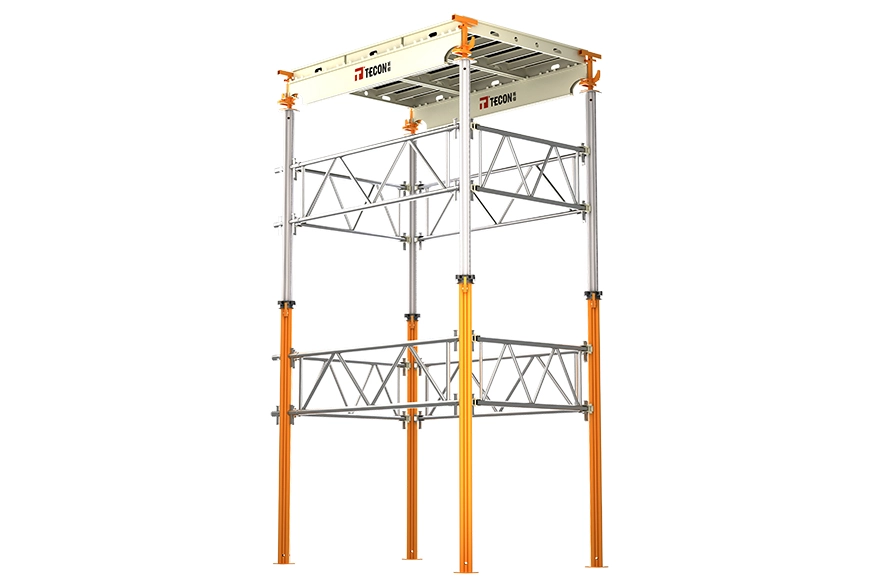Aluminum alloy formwork is widely used in the construction industry as an environmentally friendly green product. Although it has many advantages, there are still some drawbacks that need to be improved. What are the common problems in the construction industry? How can these problems be effectively resolved?
This is a common problem when using the aluminum formwork system, especially when using aluminum alloy formwork. At the beginning of use, bubbles often appear on the surface of the concrete, which directly affects the quality of the factory. The chemical activity inside the aluminum alloy is relatively large. After pouring concrete, oxidative corrosion occurs on the surface, which causes bubbles. However, after using the aluminum alloy formwork several times, this problem will gradually decrease because a protective film has formed on its surface.
The protective film directly prevents the contact between the concrete and the aluminum alloy formwork. Therefore, to solve the problem of bubbles, a layer of cement can be brushed on the surface of the new formwork first to oxidize it. Then the surface dirt can be removed to achieve a pre-oxidation effect, which can effectively reduce or even eliminate the occurrence of surface bubbles.
After the concrete is poured and the structural layer is completed, elevation deviation may occur. Generally, this is due to the lack of construction according to the benchmark during pouring, and then the cumulative error caused by multiple checks of the control line. Therefore, it is necessary to set up sufficient control points for each layer during construction, and to pour concrete according to the marked height. The elevation points of the building floor should be controlled based on the height of the first floor, and avoid measuring from the bottom up to prevent the error from increasing. Each layer should have about 3 elevation measuring points.
After using the aluminum alloy formwork too many times, deformation may occur. At this time, the load-bearing capacity and hardness of the formwork must be observed to ensure that the support operation is supported. When pouring, the height must be strictly controlled, and excessive vibration should be avoided to prevent the deformation of the aluminum alloy formwork and the concrete poured from becoming deformed.
As a leading expert in the field of formwork and scaffolding engineering, we offer a wide range of standardized and customized products to ensure that we can provide you with solutions for your construction projects, regardless of size or location. Please feel free to contact us for more information.
